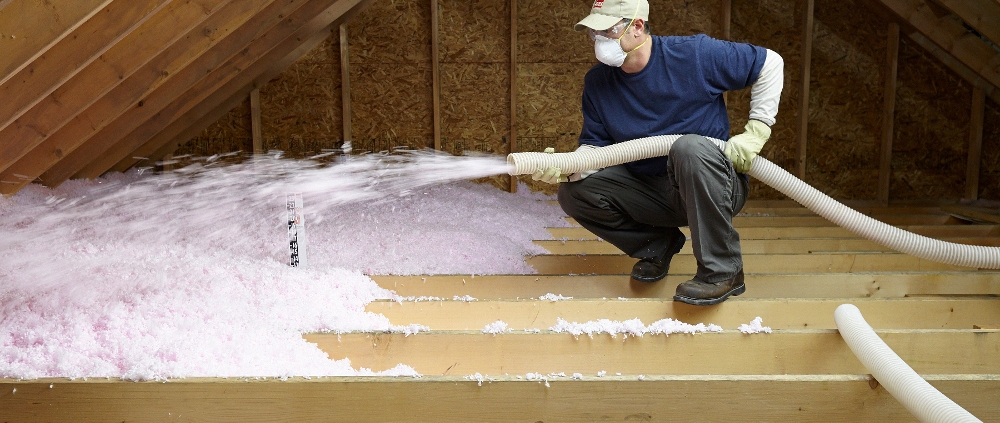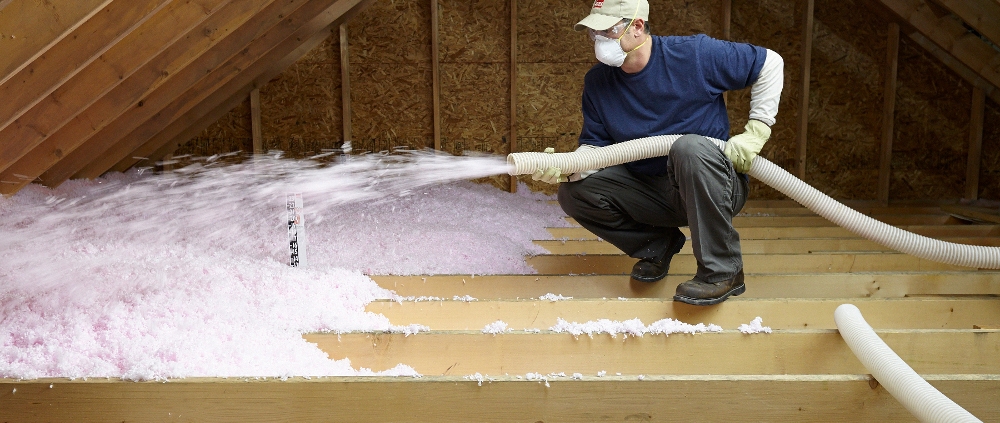Introduction
In the quest for a more energy-efficient and comfortable home, insulation plays a pivotal role. Among the various insulation methods available, blow-in insulation has gained popularity due to its effectiveness and ease of installation. Montana, with its diverse and often extreme weather conditions, particularly benefits from enhanced insulation solutions. This article explores the benefits, process, and importance of professional blow-in insulation services in Montana.
Understanding Blow-in Insulation
Blow-in insulation, also known as loose-fill insulation, involves the application of small particles of insulating material into wall cavities, attics, and other areas of the home. The most common materials used for blow-in insulation are fiberglass, cellulose, and mineral wool. These materials are blown into spaces using specialized equipment, allowing them to fill nooks and crannies that other insulation methods might miss.
Types of Blow-in Insulation
- Fiberglass Insulation: Made from recycled glass, fiberglass is a popular choice due to its fire resistance and excellent insulating properties. It’s lightweight and can be installed in attics and walls.
- Cellulose Insulation: Composed primarily of recycled paper products treated with fire retardants, cellulose insulation is environmentally friendly and offers good thermal performance.
- Mineral Wool Insulation: Made from natural rock or slag, mineral wool is known for its superior fire resistance and soundproofing qualities. It’s often used in areas where fire safety is a primary concern.
Benefits of Blow-in Insulation
1. Improved Energy Efficiency
One of the primary reasons homeowners in Montana opt for blow-in insulation is the significant improvement in energy efficiency. By creating a more effective barrier against heat transfer, blow-in insulation helps maintain a consistent indoor temperature. This means your heating and cooling systems don’t have to work as hard, leading to lower energy bills.
2. Enhanced Comfort
Montana’s climate can be unpredictable, with cold winters and hot summers. Proper insulation ensures that your home remains comfortable year-round. Blow-in insulation helps eliminate drafts and cold spots, creating a more uniform and comfortable living environment.
3. Noise Reduction
Blow-in insulation also provides excellent soundproofing. The dense layer of insulation helps reduce noise from outside, creating a quieter and more peaceful indoor environment. This is particularly beneficial for homes located near busy roads or in noisy neighborhoods.
4. Environmentally Friendly
Many blow-in insulation materials, especially cellulose, are made from recycled materials. Choosing blow-in insulation is not only beneficial for your home but also for the environment. It reduces waste and promotes the use of sustainable materials.
5. Quick and Easy Installation
Compared to other insulation methods, blow-in insulation is relatively quick and easy to install. Professional installers can complete the job in a matter of hours, minimizing disruption to your daily life. This is particularly advantageous for older homes or buildings with existing insulation that needs to be upgraded.
The Process of Blow-in Insulation Installation
1. Initial Assessment
The process begins with a thorough assessment of your home by a professional insulation contractor. They will evaluate your current insulation levels, identify areas that need improvement, and recommend the best type of blow-in insulation for your specific needs.
2. Preparation
Before installation, the area to be insulated must be prepared. This involves sealing any air leaks and ensuring that the space is clean and free of debris. Proper preparation is crucial for maximizing the effectiveness of the insulation.
3. Installation
Using specialized equipment, the insulation material is blown into the designated areas. The equipment ensures that the insulation is evenly distributed, filling every gap and crevice. This creates a seamless thermal barrier that improves energy efficiency and comfort.
4. Post-Installation Inspection
After the installation is complete, the contractor will conduct a final inspection to ensure that the insulation has been installed correctly and meets the necessary standards. This step is essential for verifying the quality of the work and ensuring that the insulation will perform as expected.
Choosing the Right Professional for Blow-in Insulation Services in Montana
Selecting the right professional insulation contractor is crucial for achieving the best results. Here are some tips for choosing the right service provider:
1. Experience and Expertise
Look for a contractor with extensive experience in blow-in insulation. An experienced contractor will have a deep understanding of the best practices and techniques for achieving optimal results. Ask about their experience with similar projects and request references from previous clients.
2. Licensing and Certification
Ensure that the contractor is licensed and certified to perform insulation work in Montana. Proper licensing indicates that they have met the necessary requirements and adhere to industry standards. Certification from reputable organizations, such as the Insulation Contractors Association of America (ICAA), is also a good sign of professionalism and expertise.
3. Comprehensive Services
Choose a contractor that offers comprehensive services, including initial assessment, installation, and post-installation inspection. A full-service contractor will be able to handle every aspect of the project, ensuring a seamless and hassle-free experience for you.
4. Quality of Materials
Inquire about the types of insulation materials the contractor uses. Ensure that they use high-quality materials that are suitable for your specific needs. The right materials will provide better insulation performance and durability.
5. Customer Reviews and Testimonials
Read customer reviews and testimonials to get an idea of the contractor’s reputation and the quality of their work. Positive reviews and high ratings are indicators of a reliable and trustworthy contractor. Don’t hesitate to ask for references and contact previous clients to ask about their experience.
6. Warranty and Guarantee
A reputable contractor should offer a warranty or guarantee on their work. This provides you with peace of mind knowing that they stand behind their services and are committed to delivering quality results.
Conclusion
Investing in professional blow-in insulation services is a smart decision for homeowners in Montana. The benefits of improved energy efficiency, enhanced comfort, noise reduction, and environmental friendliness make blow-in insulation an attractive option. By choosing the right professional contractor, you can ensure that the insulation is installed correctly and will perform optimally for years to come.






